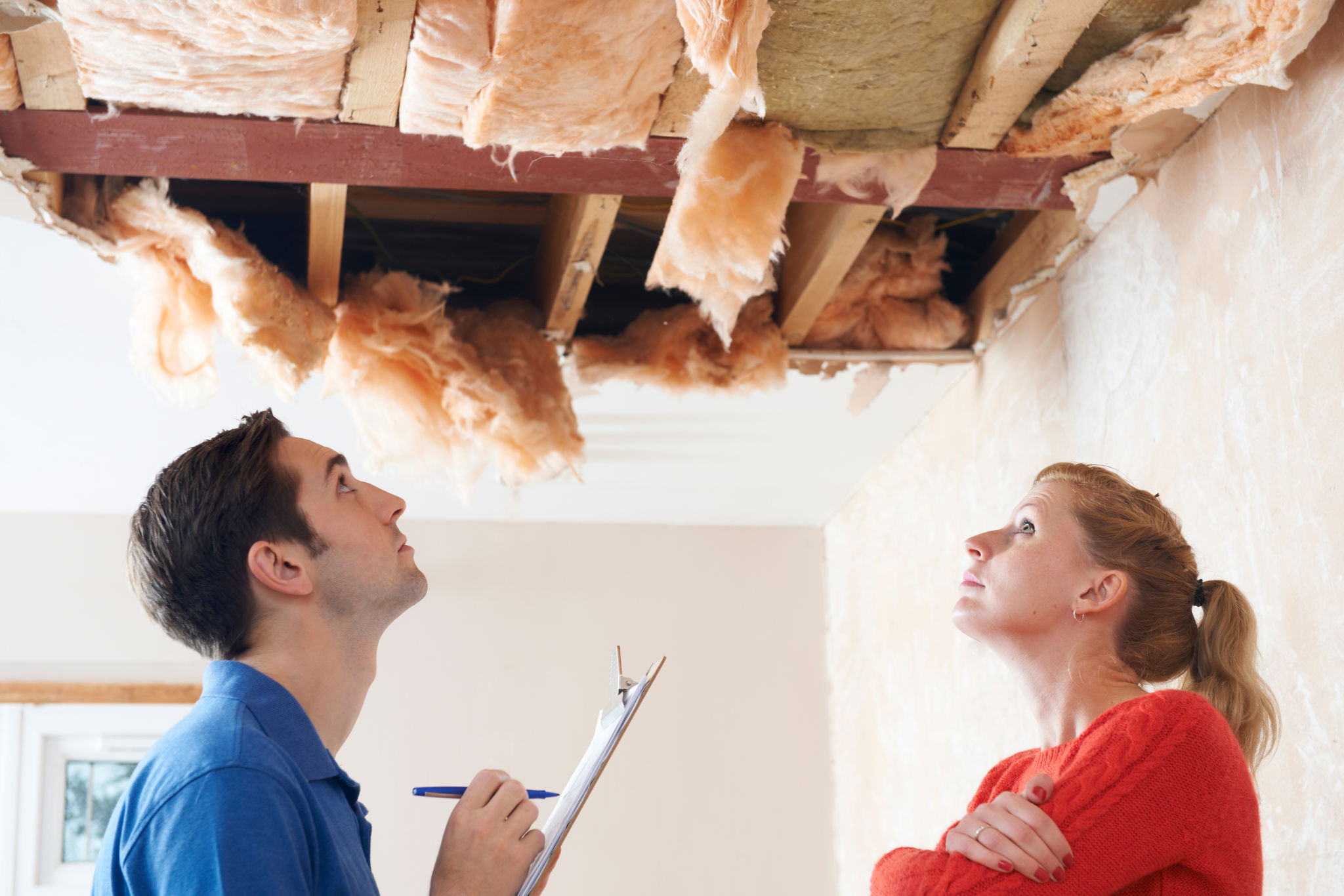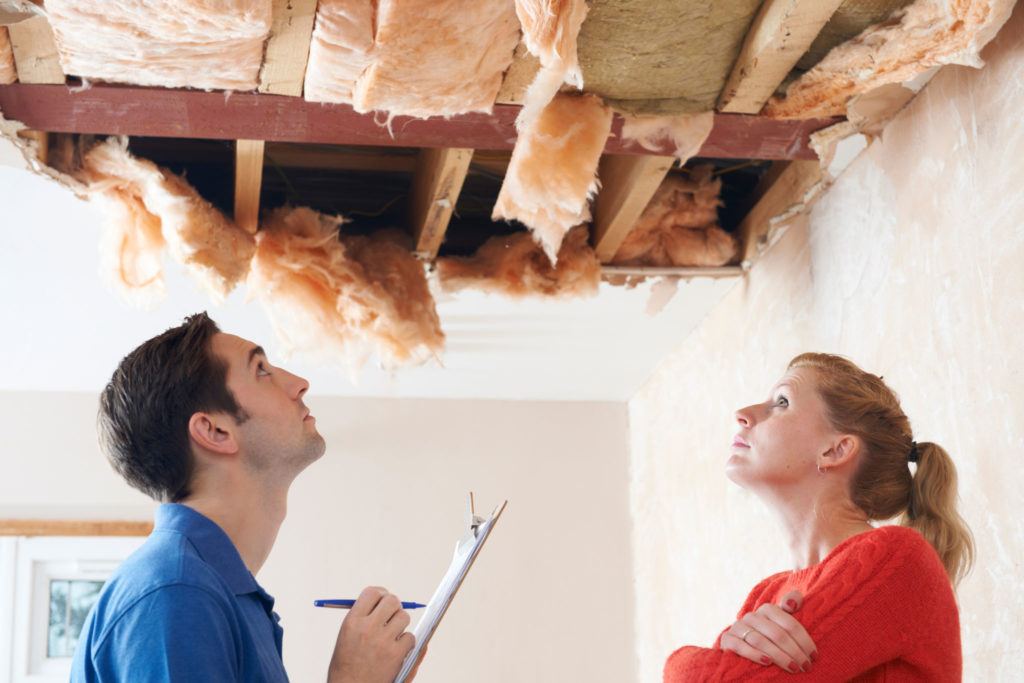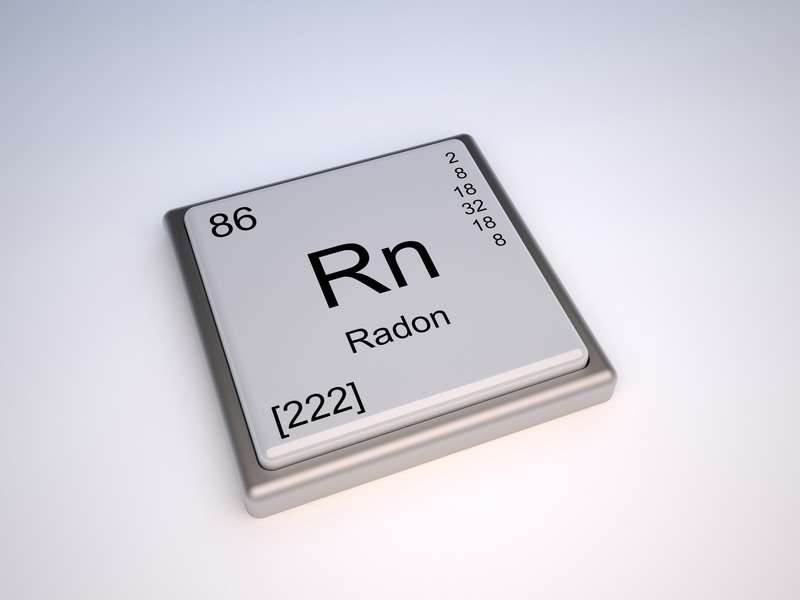With the new year knocking on the door, one of the questions I hear most frequently is where I think the real estate market is headed in 2017. Buyers, especially, want to know if the market will morph into one a bit more favorable to their interests.
Ah, if only I had a crystal ball and could cut right to the chase to tell you what’s going to happen in the 2017 real estate market. Since we don’t have a handy tool to help us discern the future, we rely on experts in various economic niches for our housing market prognostications every year. Are they always right? Nope, but they do get awfully close.
Personally, I combine what I learn from the economic forecasts with my experience every day as a boots-on-the-ground real estate professional and with our Multiple Listing Service statistics. So, let’s dive in.
Interest rates
As you know, the Feds raised the federal funds interest rates earlier this month. While it was an increase of only a quarter of a percentage point they did say to expect a couple more rate hikes in 2017. So, how does this affect the real estate consumer?
Yes, those with an adjustable rate mortgage will take a hit, as will homeowners with an adjustable rate home equity line of credit, or HELOC, tied to the prime rate (albeit a smaller, hardly noticeable hit in most cases).
If you’re planning on purchasing a home, on the other hand, and need a mortgage, while the feds’ move should encourage you to act more quickly than you’d planned, don’t let it scare you off completely. Even with the interest rate hike in December, mortgage rates are still at historic lows right now, so jump into the market and get that dream home.
If the feds make good on the promise of additional interest rate hikes, homebuyers on tight budgets that choose to wait later in 2017 to buy a home may find themselves knocked out of the market. Even a half a percent increase on a 30-year fixed $250,000 mortgage could increase the annual payment more than $850 according to Fortune.com’s Kerry Close.
Put another way, if mortgage interest rates go from 4 percent to 4.25 percent, 965,000 potential homebuyers will be leaving the buyer pool, according to the National Association of Home Builders.
The good news, however, is that “There’s a lot that buyers can do to mitigate the effects of rising rates, including looking for lower-priced homes, putting more money down or changing term lengths on a mortgage’s fixed-rate component,” Jonathan Smoke, chief economist at realtor.com tells Inman.com’s Amber Taufen.
How about home prices in 2017?
That’s the burning question for folks who plan on buying a home down the road. By the end of November, the median sales price of a home was $271,400, up 7.7 percent from last year.
Housing market experts predict that although they won’t rise as quickly as they did this past year, home prices will rise about 3.5 percent in 2017. So, as long as the aforementioned interest rates stay put, there’s a bit of good news for you if you need to wait until later in the year to purchase.
The bad news is for those on tight budgets, at least according to a study by the National Association of Home Builders (NAHB). A $1,000 hike in the median price of new homes, they claim, would knock nearly 153,000 potential homeowners out of the market.
If you’re planning on upsizing, fortune.com’s Close says you’re sitting in the sweet spot. Small home prices are expected to rise faster than larger ones and city dwellers can expect more home value appreciation than those in the outlying metro regions. In other words, expect your small home to be the belle of the neighborhood real estate market when it’s listed.
Which leaves first-time buyers and those who hope to downsize in a not-so-sweet spot. Expect lots of competition from other buyers for these smaller homes in the lower price ranges. In fact, prepare for it by cementing your financing and being ready to submit an offer immediately. We can help you with the preparation part – feel free to give us a call.
That elusive inventory problem
Much of the blame for the low inventory of available homes (causing home prices to rise) goes to the lack of new home construction across the country. There was some good news on that front, however, when December’s National Association of Home Builders/Wells Fargo Housing Market Index rose to the highest level since summer 2005. This measure of homebuilder confidence is good news for homebuyers as long as it translates into new housing starts.
A lot of it boils down to “it all depends on . . .”
The housing market’s strength depends on a number of variables, one of the most important of which is the health of the job market. Although it’s better than it was during the recession, and although president-elect Trump is promising to amp it up, hiring is still not quite where we’d like to see it. This is something that Fed policy makers will look at when deciding whether or not to raise rates again.
I know this is a lot to consider as you think about your future home-buying prospects but, really, there’s nothing you can do about anything that will impact the housing market. My best advice to you is to jump in as soon as you can.















